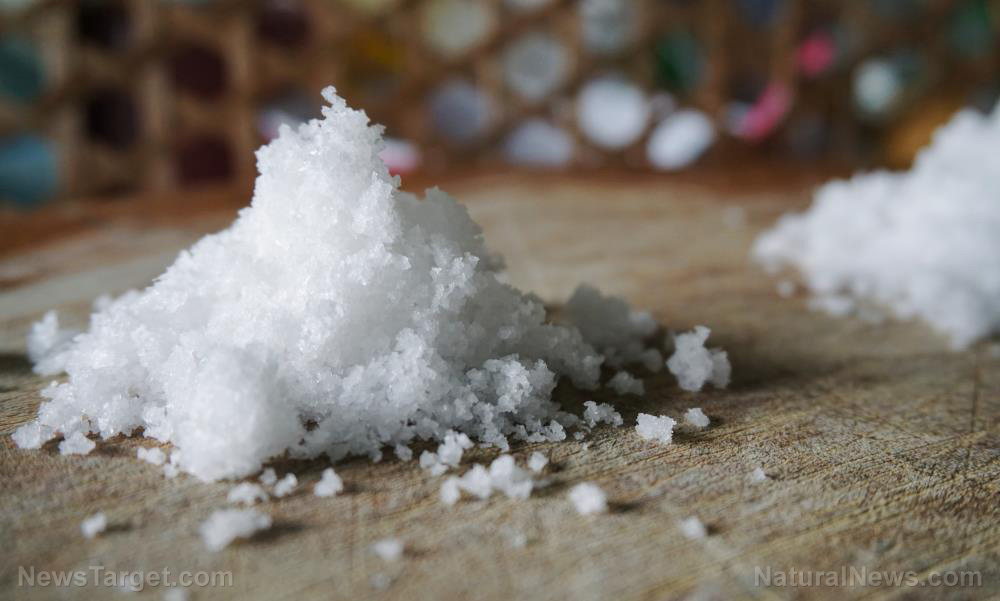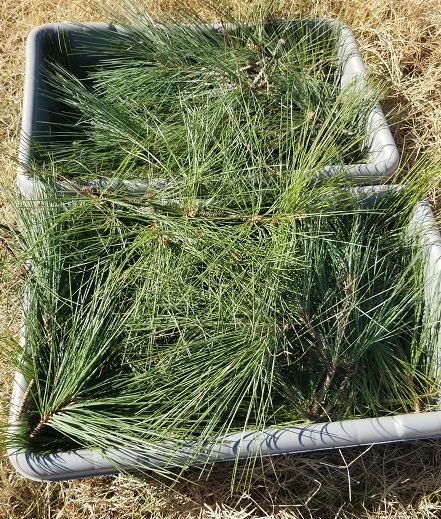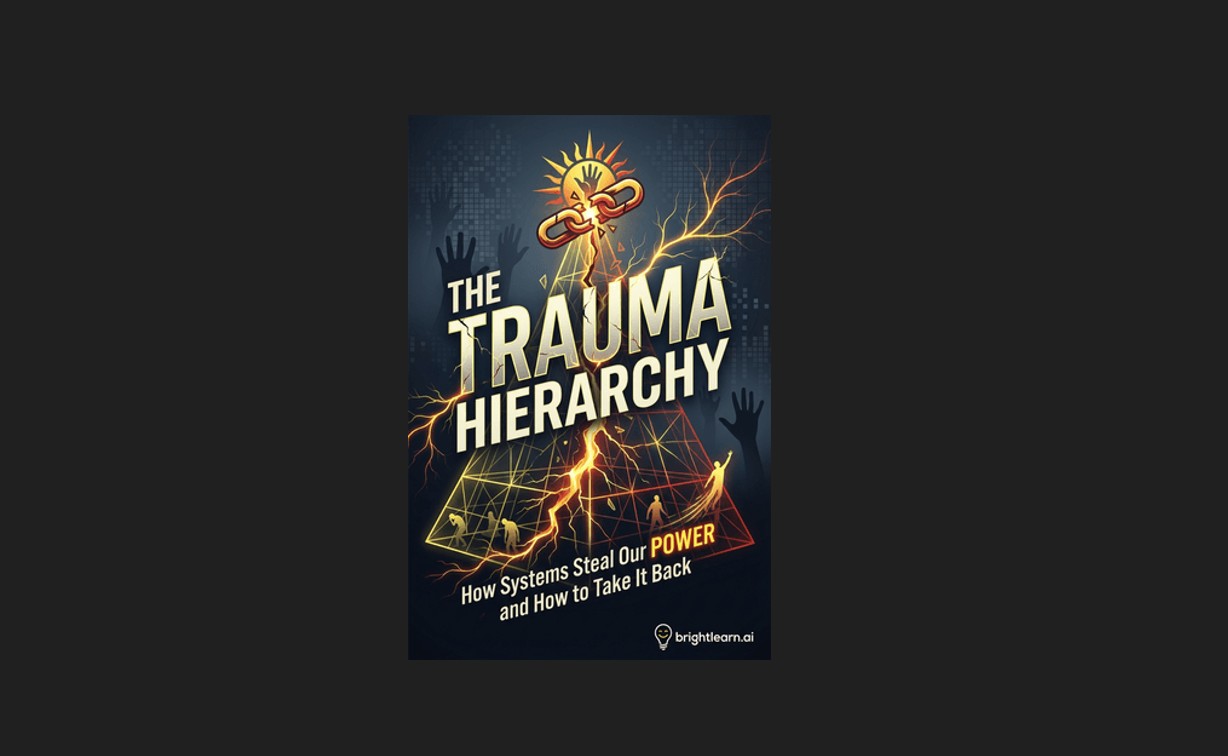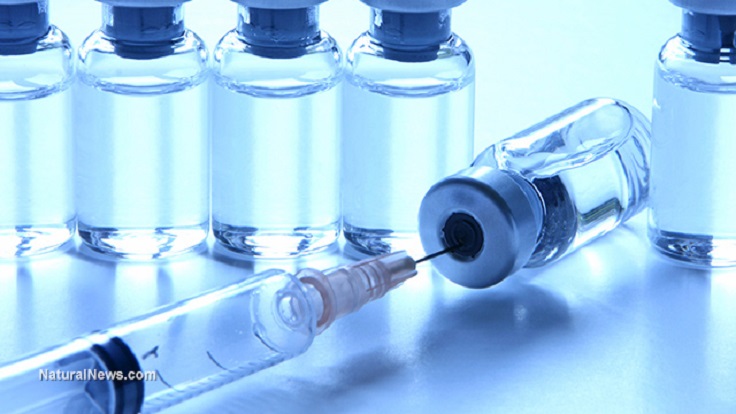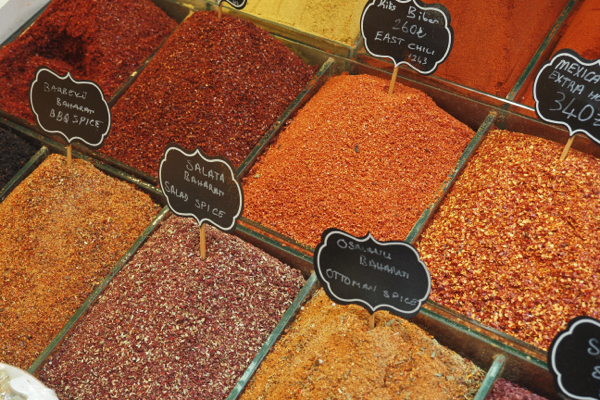Prepper first aid: DIY antiseptics for wound care
By zoeysky // 2021-08-16
Tweet
Share
Copy

In a post-SHTF world, first aid will be crucial to prevent more severe injuries. And while a simple wound doesn't seem as dangerous as other injuries, when left unattended, it can get infected and cause more health issues.
When SHTF, use the DIY antiseptics detailed below to wash wounds and prevent infections. (h/t to PrepSchoolDaily.Blogspot.com)
First aid basics: Wound care
When disaster strikes, you may lose access to stores should you need more supplies like food, medication and prepping essentials. The thought of not being able to buy groceries can make civilians panic, but as a prepper, you should stay calm and learn how to make DIY essential supplies like antiseptics for minor wounds. Before treating a wounded patient or yourself, remember that you should never wash out wounds with Betadine, hydrogen peroxide, rubbing alcohol, or similar antiseptics. While these fluids kill bacteria and viruses, they also kill living tissue. This is bad because dead tissue in a wound can cause infection. Instead, opt for gentle irrigation with clean water to clean a wound. When treating a particularly dirty wound or if the patient has a compromised immune system, you may need something stronger.DIY antiseptics for wound washing
Below are two DIY antiseptics you can use for wound washing in a survival scenario. (Related: 16 essential supplies you need in your emergency first aid kit.) Dakin’s solution Quarter-strength Dakin’s solution made with water, baking soda and bleach is a safe wound cleaning option that’s been used since World War I. Dakin's solution was developed during WWI as a wound antiseptic to kill germs and prevent the growth of germs in wounds. This solution is used to irrigate wounds without killing healthy tissue. You will need:- Sterile equipment: Pan and lid, glass jars and tight-fitting lids, measuring cups and spoons
- 32 oz clean water
- 1/2 Teaspoon baking soda
- Full-strength concentration – Three ounces (95 ml) of bleach for sterilizing instruments.
- 1/2 Strength concentration – Three tablespoons plus one teaspoon (48 ml) of bleach for the debridement of necrotized wounds.
- 1/4 Strength concentration – One tablespoon plus two teaspoons (24 ml) of bleach for irrigating wounds.
- 1/8 Strength concentration – Two and a half teaspoons (12 ml) of bleach for irrigating the mouth. Do not swallow the solution.
- Boil the water for 15 minutes with the lid on the pan. Remove from the heat.
- Add the baking soda to the boiled water. Measure the bleach according to the desired strength then add to water. Pour the mixture into a glass jar, seal, then wrap the jar in aluminum foil to shield it from light. Don't use metal containers to store Dakin's solution.
- Eucalyptus
- Lavender
- Peppermint
- Rosemary
- Tea tree oil
- Your preferred essential oil
- A liter of water
- Curved tip syringe
- To make the antiseptic wash, add a couple of drops of your preferred essential oil to a liter of water.
Tweet
Share
Copy
Tagged Under:
preparedness essential oils prepping disaster survival first aid emergency supplies SHTF prepper homesteading off grid emergency medicine antiseptics first-aid kit wound cleansing
You Might Also Like
Critics blasts FDA for full “approval” of Pfizer vaccine
By Mary Villareal // Share
Stockpile storage tips: How to organize your survival supplies
By Zoey Sky // Share
7 Trees every prepper should know and why
By Divina Ramirez // Share
Recent News
The Trauma Hierarchy: Breaking free from institutional control and reclaiming your sovereignty
By bellecarter // Share
CDC's vaccine policy shift: A step toward medical freedom or more coercion in disguise?
By patricklewis // Share
U.S. auto sales face decline as high prices push middle-class buyers out of market
By lauraharris // Share
British health officials warn of lead poisoning risk linked to imported SPICES
By oliviacook // Share





